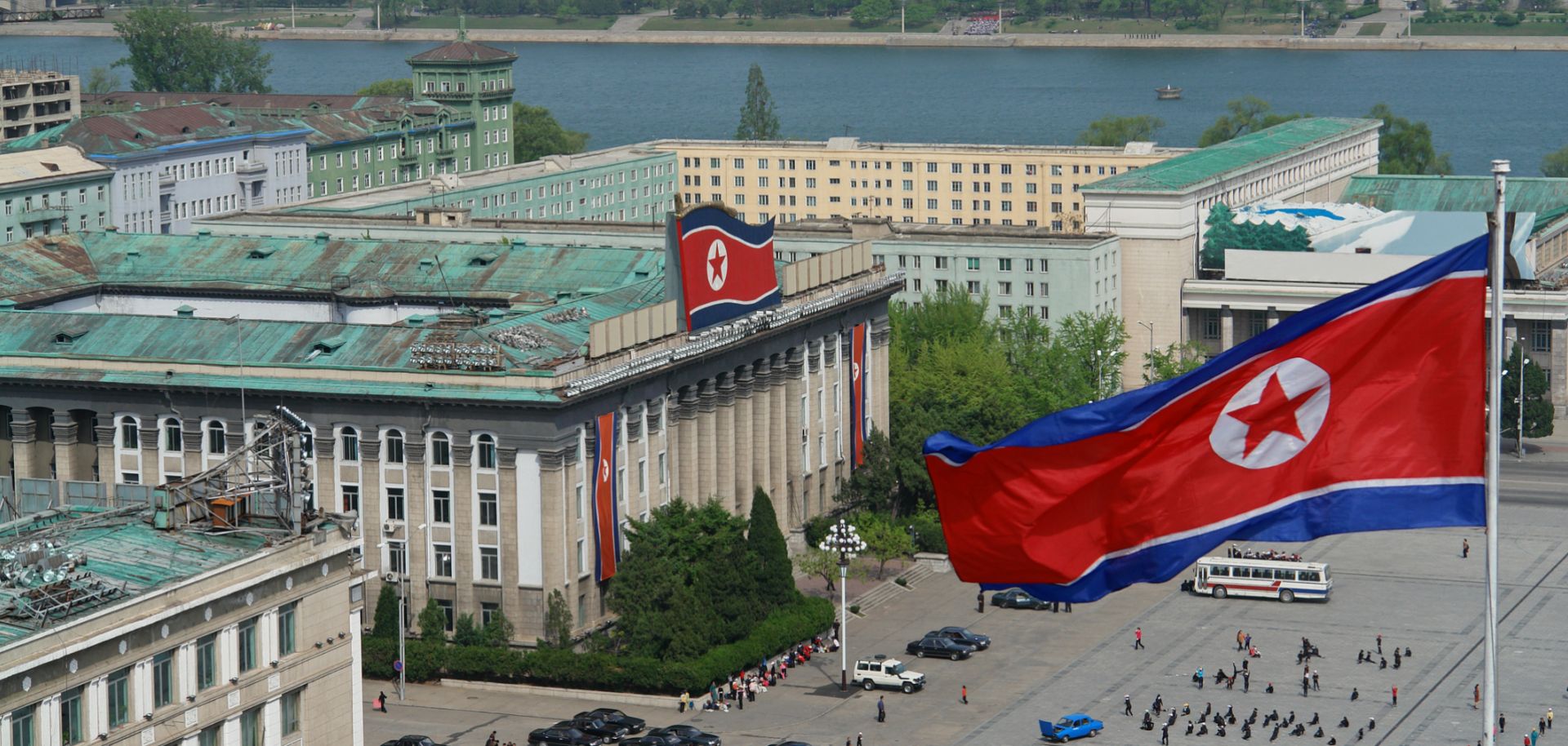COLUMNS
Bloody Noses and Black Eyes: What's in a Limited Strike on North Korea?

Feb 8, 2018 | 09:30 GMT

Kim Il Sung Square in Pyongyang, North Korea.
(NARVIKK/iStock/Getty Images)
Highlights
- Support is building within Washington for a limited strike against North Korea over its pursuit of nuclear arms.
- A U.S. strike could have serious ramifications but inaction is not without its risks.
- Because of the lack of firm knowledge on North Korea's inner workings, it is impossible to deduce how Pyongyang would react to a so-called bloody nose strike.
Proceed to sign up
Register NowAlready have an account?
Sign In